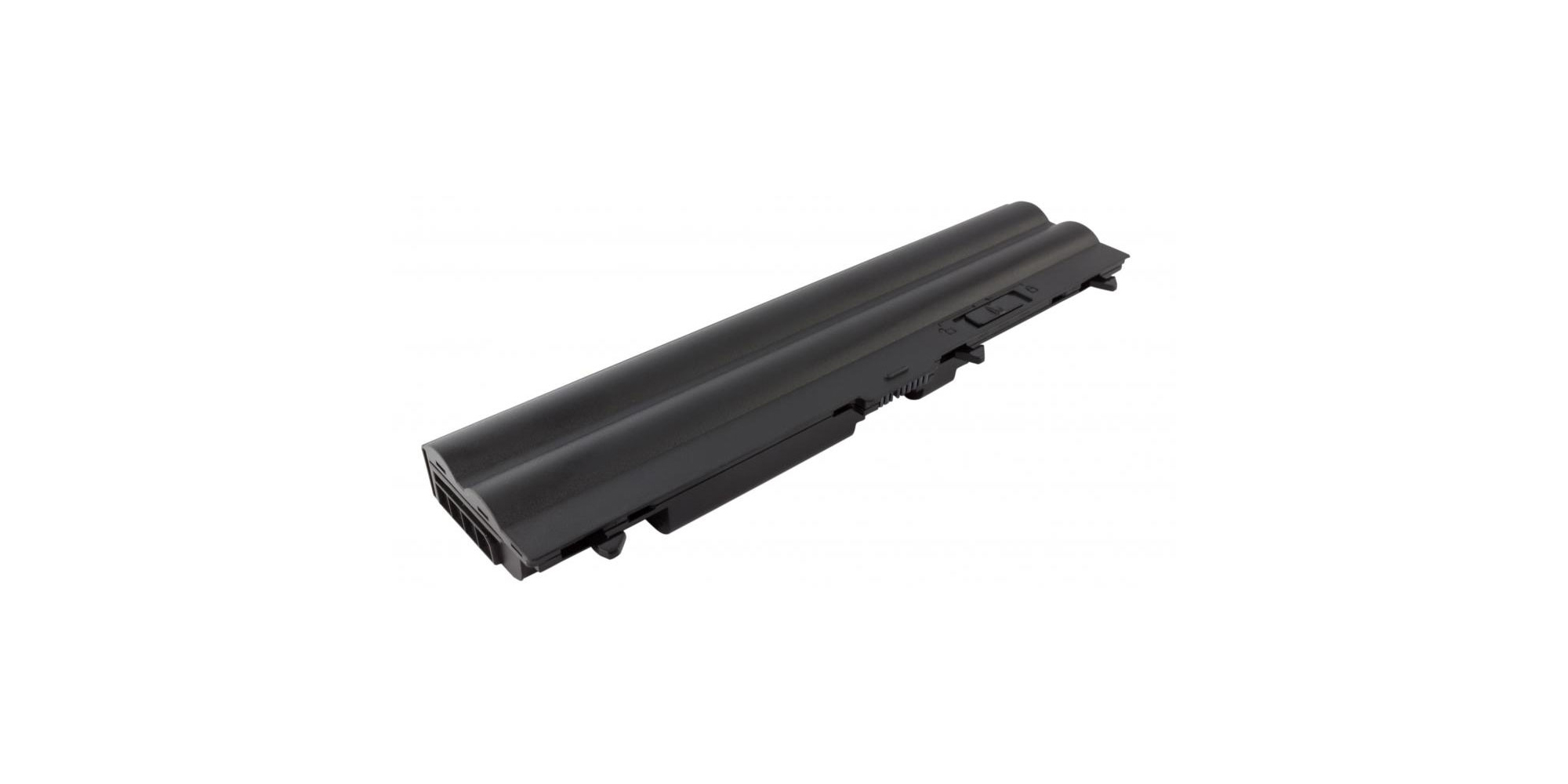Laptops are portable devices that use batteries as their primary source of power. Laptops are often bought with their original batteries, which have a warranty, are of good quality, have ideal charge cycles; hence proper functioning of the laptops is assured. But, the market is flooded with different kinds of aftermarket batteries, either new or refurbished, depending on the laptop model. Batterie PC portable batterieprofessionnel has some of the best laptop batteries you can get, with excellent capacity at affordable prices. We expound on the various battery types and how they operate down below.
How Laptop Batteries Operate
All batteries have positive and negative terminals, and those for laptops are no exception. The positive receives electrons while the negative sends them out. The cells and acid, i.e., the electrolyte acid in the battery, react, causing the displacement of electrons from one point to the other. The movement can be termed as current flow to the laptop. The electrochemical reaction continues until a basic electrolyte is formed. This means the battery is out of power and must be connected to a power source to start the process. The ions renewed in the cells, making the electrolyte acidic again, and current is produced.
Different Types of Laptop Batteries
Despite the many laptop batteries available based on the model and brand. there are three major types: Lithium-ion, Nickel Cadmium, and Nickel-metal hydride
1. Lithium-ion Battery
It is the most popular type used in most laptops since it’s very efficient and can be customized to accommodate all laptop applications. Its charging rate is high and discharges low. When not in use, 1% of power is lost in a day on average. It’s ideal for people who are often on the move or have so much work to do as less time is spent charging; it’s energy-efficient, and frequent charging is unnecessary. It’s lightweight, perfect for transportation, environmentally friendly, but when subjected to heat, it’s flammable.
2. Nickel Cadmium
Unlike Lithium, it is used in very few laptop models. It is mainly used in medical equipment and video cameras due to the high number of life cycles. A standard laptop battery life cycles ranging between 300 and 500, while this one has over 1000. Before any charging is done, the battery must be fully drained due to the memory effect. Once connected to a power source, it acquires charge very fast, but its power discharge rate is high.
3. Nickel Metal Hydride
NiMH is found in a few laptops and more in satellite applications. It has a high energy density hence more potent than Cadmium. It’s not advisable to fully drain the battery; charge it when half full to prevent damage. Most laptop batteries are kept in cool temperatures to keep functioning well, but this type functions in all kinds of temperatures, enabling you to use the laptop in all zones. However, it has the least number of cycles, 300 or less, takes long to charge fully, and discharges very fast.
Conclusion
The use of original laptop batteries is the best way to prevent any damages. However, a different type can be used to fit your batterie slot and match the power capacity. Most battery shopping websites have battery details that help get the correct type, ideal for your laptop.
